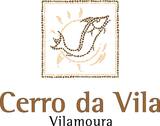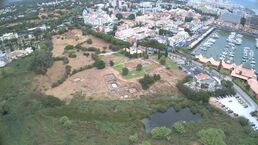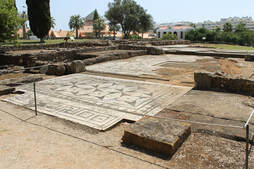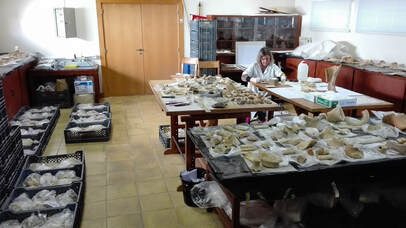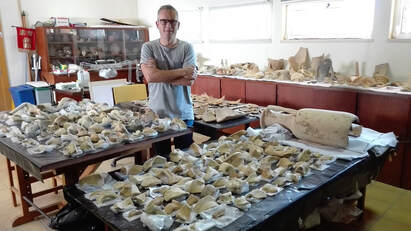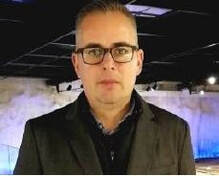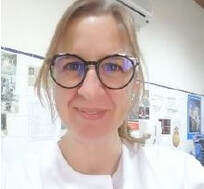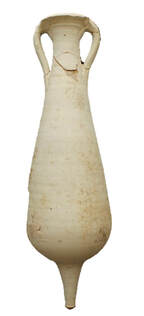During the time that Faro used to be called Ossonoba and Augustus was leading the Roman Empire (27 BC-14 AD), the vicus maritimae Cerro da Vila was constructed in the south of Lusitania .
|
The architectural units identified until today were built around a large portus, which served as an emporium for the import and export of products manufactured locally or from other regions of the empire. This fact combined with the geostrategic position boosted the local economy and enhanced the construction of the sumptuous residential, bathing, industrial and funerary buildings revealed until today. An economy based on the exploitation of marine resources due to the proximity with the sea, the existence of fresh water, a territory exceptionally good for agriculture practice, husbandry and cinegetic activities allowed the establishment and increase of the population in Cerro da Vila but also along and near the Quarteira paleovale shores, like Marmeleiros, and Retorta Villae. |
Most of the archaeological studies carried out in the last 56 years in Cerro da Vila were mainly focused on the architectural interpretation of the site, giving low priority to study of the artifacts. This panorama changed in the last years with the project that has been developed by the team of the site's museum : “The economy of Cerro da Vila maritimae vicus” which is centred on zooarchaeological and ceramic findings recovered in layers dated between the 1st and 5th century AD.
In this lecture, after a brief overview throughout Cerro da Vila historical discoveries, we will present for the first time the results of an ongoing interpretation of what kind of maritime and terrestrial animals were captured and consumed by the local population and which type of food containers were imported and stored in the portus warehouses.
